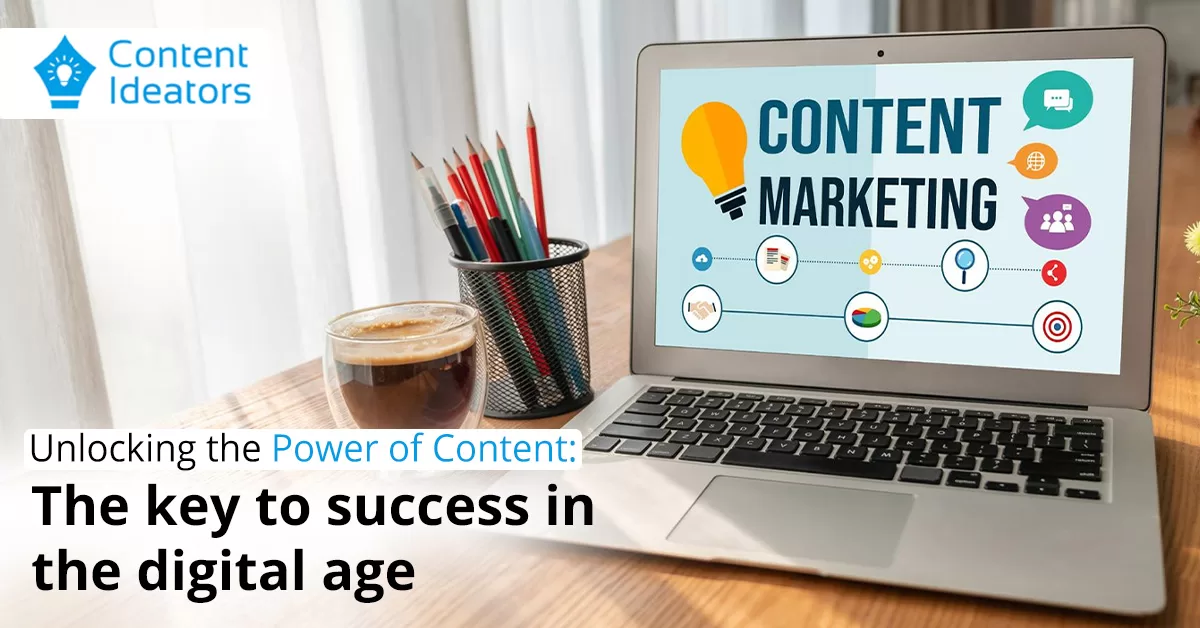11 Best Cold Email Templates to Shoot Personalized Emails
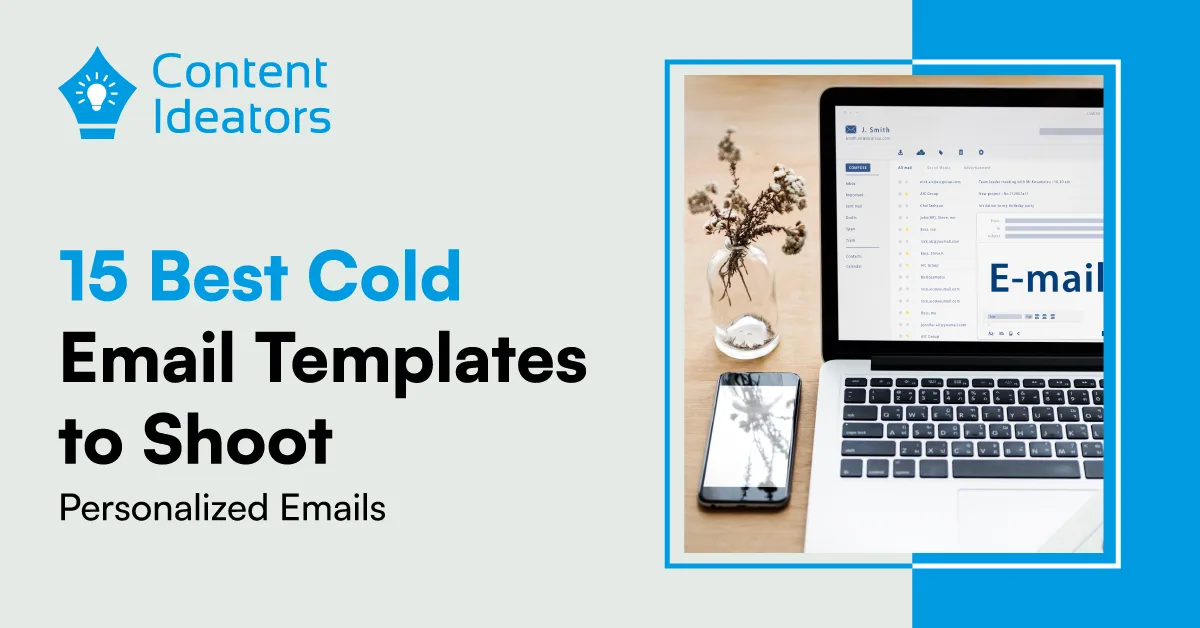 September 23, 2024
September 23, 2024Crafting cold emails can feel like a shot in the dark sometimes, can’t it? You know you need to reach out, but getting your message just right takes time and effort. That’s where cold email templates come in handy. These templates not only save you time but also ensure your emails are polished and professional.
The magic really happens when you add a personal touch. Personalized email templates can make a world of difference. They show that you’ve done your homework and genuinely care about connecting with the person you’re emailing. This makes your message stand out in their crowded inbox and increases the chance of getting a response.
In this blog, we’re going to walk you through 11 best email templates for outreach. These cold email examples are designed to help you create effective cold emails that get noticed. Whether you’re reaching out to potential clients, following up after a meeting, or trying to reconnect with a past contact, we’ve got you covered. There’s even an email template for sales to help you close those deals.
Having a solid cold email strategy is crucial for your outreach efforts. These templates are flexible, so you can tweak them to fit your style and the recipient’s preferences. Let’s dive in and see how these templates can make your email outreach more effective and less of a guessing game.
Top 11 Cold Email Templates For You
1. Template for Initial Outreach
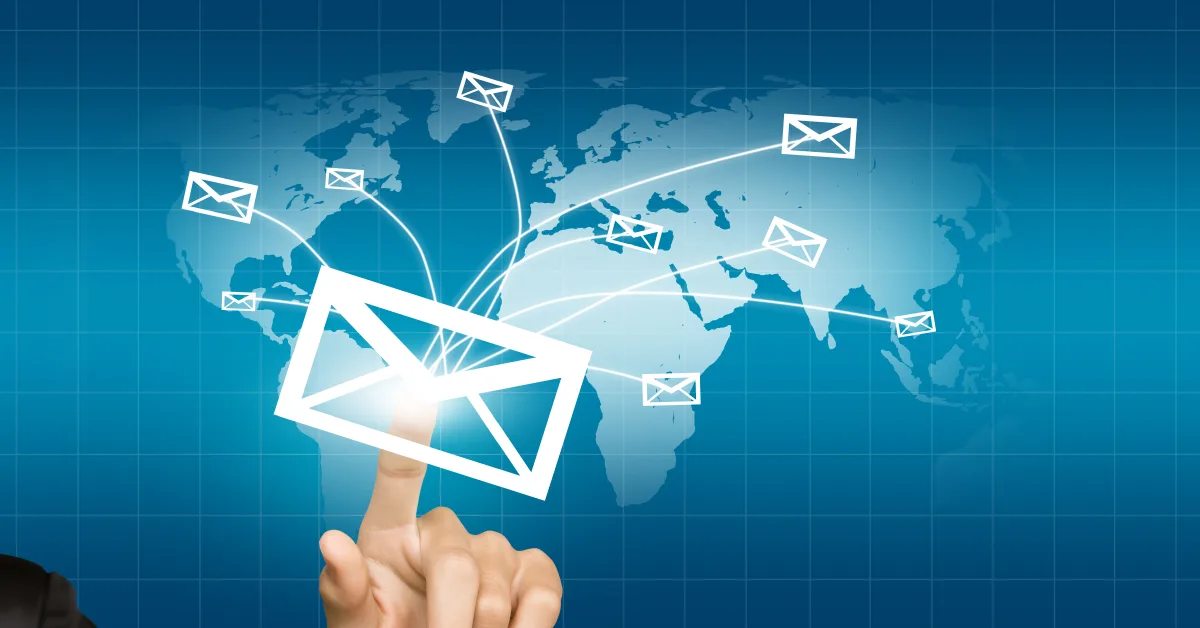
Crafting an engaging initial outreach email is essential to capture the recipient’s attention and make a strong first impression. Here’s how to create a compelling and effective template:
Personalization Tips:
- Use the recipient’s name and mention their company.
- Reference a specific achievement or project relevant to the recipient.
- Keep the email concise and focused on the recipient’s needs.
Example Template:
Subject: Loved Your Work on [Specific Project/Topic]
Hi [Recipient’s Name],
I hope this message finds you well. I’m [Your Name] from [Your Company], and I recently came across your impressive work on [specific project or relevant detail]. It’s clear that [Recipient’s Company] is making great strides in [industry/field].
At [Your Company], we specialize in [service/product] that can help businesses like yours achieve [specific result]. For instance, we helped [similar company] increase their [metric] by [percentage/number], which significantly boosted their [benefit].
I’d love to explore how we can support [Recipient’s Company] in reaching its goals. Would you be available for a quick call next week to discuss this further?
Looking forward to your response.
Best regards, [Your Name]
Why This Template is Effective:
- Personalization: Starting with a genuine compliment about their work grabs attention and shows you’ve done your homework.
- Value Proposition: Clearly explaining how your service/product can benefit their company highlights the potential value.
- Concise and Clear CTA: A straightforward request for a quick call makes it easy for the recipient to take the next step.
2. Follow-Up Email After a Meeting
Following up after a meeting is a crucial step in solidifying your connection and keeping the momentum going. Here’s how to craft an engaging follow-up email that stands out.
Personalization Tips:
- Reference specific points discussed in the meeting.
- Mention any agreed-upon next steps or action items.
- Express appreciation for the recipient’s time and insights.
Example Template:
Subject: Great Meeting You, [Recipient’s Name]!
Hi [Recipient’s Name],
I hope you’re doing well. It was fantastic meeting with you [yesterday/last week] to discuss [specific topic]. I really enjoyed our conversation about [specific point discussed] and appreciate your insights on [relevant detail].
As mentioned, I’ve attached [document/resource] that provides more details on [what was discussed]. I believe this aligns well with [Recipient’s Company]’s goals of [specific goal].
Looking forward to hearing your thoughts and discussing how we can move forward with [next steps]. Do you have time for a brief call next week?
Thank you again for your time and valuable input.
Best regards, [Your Name]
Why This Template is Effective:
- Personalization: Mentioning specific details from the meeting shows that you were attentive and value the discussion.
- Clear Follow-Up: Providing additional resources and suggesting next steps keeps the conversation moving forward.
- Gratitude: Expressing thanks reinforces a positive connection and shows appreciation for the recipient’s time.
3. Reconnecting with a Past Contact
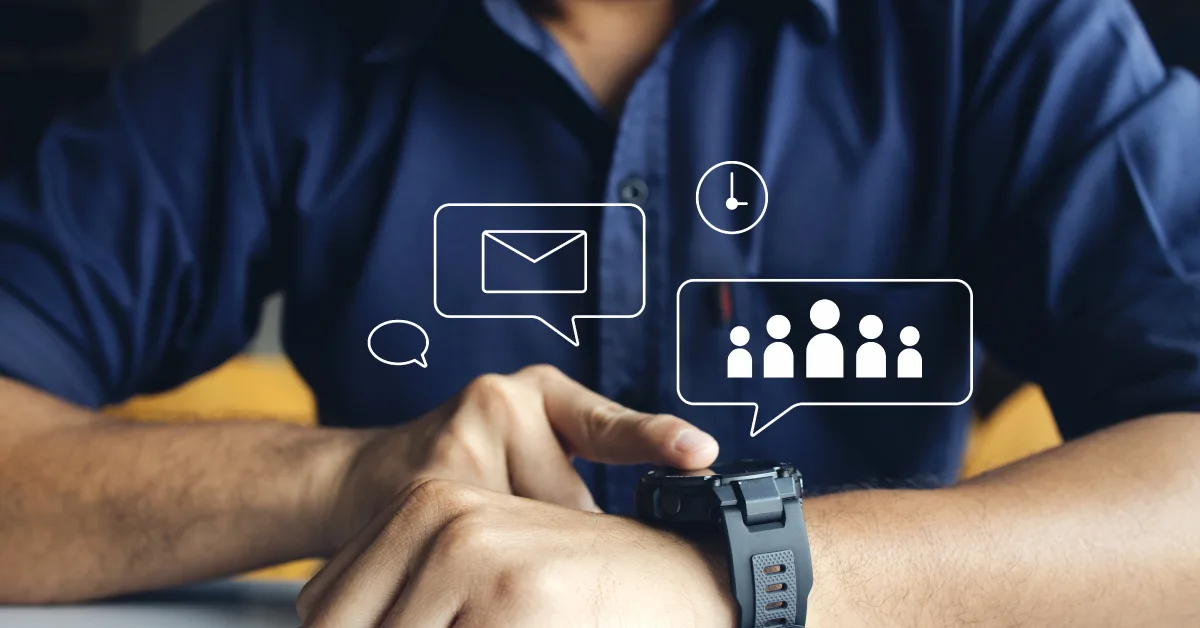
Reconnecting with past contacts can be a great way to reignite relationships and uncover new opportunities. Here’s how to write a compelling reconnection email that feels both personal and professional.
Personalization Tips:
- Mention specific projects or achievements from your previous interactions.
- Acknowledge any recent changes or updates about their company.
- Express genuine interest in their current activities and future plans.
Example Template:
Subject: Let’s Catch Up, [Recipient’s Name]!
Hi [Recipient’s Name],
I hope this message finds you well. It’s been a while since we last connected, and I was thinking about the great work we did together on [specific project]. I noticed that [Recipient’s Company] recently [mention a recent update or achievement], and I wanted to reach out to see how things have been going.
I’d love to catch up and hear more about your current projects and any new initiatives you might be working on. If you’re available, how about a virtual coffee chat sometime next week?
Looking forward to reconnecting and exploring new opportunities together.
Best regards, [Your Name]
Why This Template is Effective:
- Personalization: Mentioning a specific project and recent achievements shows you’ve kept up with their progress.
- Genuine Interest: Expressing a desire to hear about their current activities fosters a sense of continued interest and partnership.
- Casual Yet Professional: A virtual coffee chat is a friendly way to reconnect without the pressure of a formal meeting.
4. Cold Email for Networking

Networking emails are essential for expanding your professional circle and creating new opportunities. Crafting a compelling and effective networking email can help you establish valuable connections. Here’s how to write a standout networking email:
Personalization Tips:
- Mention a common connection or shared interest.
- Highlight specific aspects of the recipient’s work or achievements.
- Keep the email concise and relevant.
Example Template:
Subject: Loved Your Talk on [Specific Topic] – Let’s Connect!
Hi [Recipient’s Name],
I hope this email finds you well. My name is [Your Name], and I was really impressed by your talk on [specific topic] at [event/conference]. Your insights on [specific point] were particularly enlightening and got me thinking about [related topic].
I’d love to connect and discuss [related topic] further, as I believe there’s a lot we can share and learn from each other. Could we schedule a quick call next week to explore this?
Looking forward to hearing from you.
Best regards,
[Your Name]
Why This Template is Effective:
- Personalization: Mentioning the specific event and topic shows that you paid attention and are genuinely interested.
- Clear Intent: Clearly stating your intention to discuss a shared interest makes it easy for the recipient to understand why you’re reaching out.
- Concise and Respectful: The email is brief and respects the recipient’s time, increasing the likelihood of a positive response.
5. Cold Email to Potential Clients
Reaching out to potential clients via cold email can be highly effective if done correctly. Crafting a compelling email that addresses the recipient’s needs and showcases your value can significantly increase your response rates. Here’s how to write a powerful cold email for potential clients:
Personalization Tips:
- Address the recipient by their first name.
- Reference their specific business challenges or goals.
- Highlight how your product or service can solve their problems.
Example Template:
Subject: Helping [Recipient’s Company] Achieve [Specific Goal]
Hi [Recipient’s Name],
I hope this message finds you well. My name is [Your Name], and I’m with [Your Company]. I recently noticed that [Recipient’s Company] is focused on [specific goal/challenge]. At [Your Company], we specialize in [your service/product] that can help businesses like yours achieve [specific result].
For instance, we recently helped [similar company] improve their [specific metric] by [percentage/number], leading to [specific benefit]. I believe we could achieve similar results for [Recipient’s Company].
Would you be available for a quick call next week to discuss this further?
Looking forward to your response.
Best regards,
[Your Name]
Why This Template is Effective:
- Personalization: Addressing the recipient’s specific goals or challenges makes the email relevant and engaging.
- Value Proposition: Clearly stating the potential benefits of your service/product encourages the recipient to consider your offer.
- Concise and Direct: A brief, to-the-point message respects the recipient’s time and makes it easy for them to respond.
6. Cold Email for Job Inquiry
Reaching out to potential employers with a well-crafted cold email can set you apart from other candidates. Here’s how to write an engaging and effective cold email for a job inquiry:
Personalization Tips:
- Research the company’s recent projects, challenges, or achievements.
- Tailor your email to show how your skills can address their specific needs.
- Keep the tone professional but approachable.
Example Template:
Subject: Excited About Opportunities at [Company Name]
Hi [Hiring Manager’s Name],
I hope this message finds you well. My name is [Your Name], and I recently came across [Company Name]’s latest project on [specific project/detail]. I was particularly impressed by [specific achievement or aspect], and I believe my background in [your field] aligns well with your current needs.
In my previous role at [Your Previous Company], I [briefly describe a relevant achievement or responsibility]. I’m confident that my experience with [specific skills or tools] could contribute significantly to [Company Name]’s goals.
I’d love to discuss how my background and skills could be a great fit for your team. Would you be available for a brief call next week?
Looking forward to your response.
Best regards,
[Your Name]
[LinkedIn Profile]
[Contact Information]
Why This Template is Effective:
- Personalization: Referencing the company’s recent projects or achievements shows you’ve done your homework.
- Value Proposition: Highlighting your relevant experience and skills demonstrates how you can add value.
- Clear CTA: A straightforward request for a call makes it easy for the recipient to respond.
7. Follow-Up After No Response
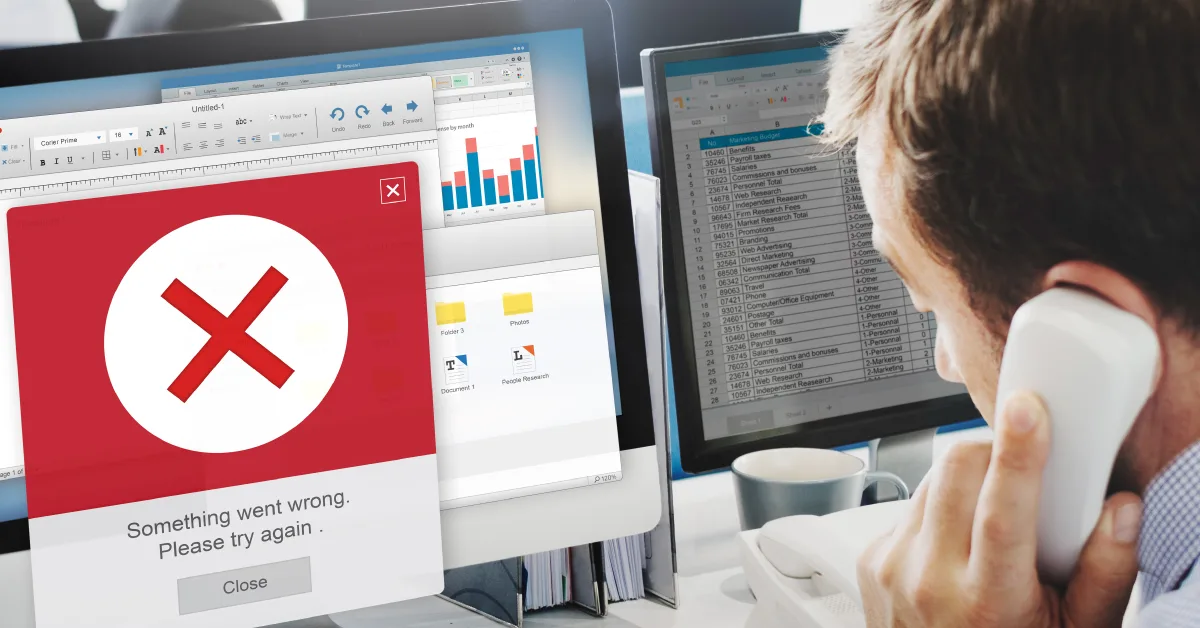
Sending a follow-up email after not receiving a response to your initial outreach can be challenging but is essential for keeping the conversation going. A well-crafted follow-up can jog the recipient’s memory and prompt them to take action. Here’s how to create an effective follow-up email:
Personalization Tips:
- Reference your previous email or conversation.
- Mention any additional value or resources you can provide.
- Keep the tone polite and professional, acknowledging that they might be busy.
Example Template:
Subject: Just Checking In, [Recipient’s Name]
Hi [Recipient’s Name],
I hope you’re doing well. I wanted to follow up on my previous email about [specific topic or proposal]. I understand you’re likely very busy, but I believe our [product/service] could significantly benefit [Recipient’s Company] in [specific way].
As a reminder, we recently helped [similar company] achieve [specific result], and I think we could do something similar for you. If you have any questions or need more information, I’d be happy to provide it.
Would you have some time next week for a quick call to discuss this further?
Thank you for your time, and I look forward to your response.
Best regards,
[Your Name]
[Your Contact Information]
Why This Template is Effective:
- Personalization: Referencing the previous email shows continuity and persistence without being pushy.
- Value Addition: Offering additional information or examples underscores the potential benefits.
- Polite Reminder: Acknowledging their busy schedule demonstrates respect and understanding.
8. Cold Email for Partnerships
Building partnerships through cold emails can open new avenues for business growth. Crafting a compelling partnership email requires a balance of personalization, clear value propositions, and a call to action. Here’s how to write an effective partnership email:
Personalization Tips:
- Mention mutual connections or shared interests.
- Highlight how the partnership can be beneficial for both parties.
- Keep the message concise and to the point.
Example Template:
Subject: Potential Partnership Opportunity with [Your Company]
Hi [Recipient’s Name],
I hope this email finds you well. I’m [Your Name] from [Your Company]. We’ve been following [Recipient’s Company] for a while and are impressed with your recent work on [specific project or achievement].
At [Your Company], we specialize in [your product/service], and I believe there is a significant opportunity for us to collaborate and achieve [specific goal]. Our [specific product/service] can help [Recipient’s Company] enhance [specific benefit].
Would you be open to discussing this further? I’d love to set up a call next week to explore how we can work together.
Looking forward to your response.
Best regards,
[Your Name]
[Your Contact Information]
Why This Template is Effective:
- Personalization: Mentioning specific projects and achievements shows genuine interest and effort.
- Mutual Benefit: Highlighting the potential benefits for both parties makes the proposal more appealing.
- Clear CTA: A straightforward request for a call simplifies the next step.
9. Cold Email to Influencers

Connecting with influencers through cold emails can significantly boost your brand’s visibility and credibility. Crafting a well-thought-out and personalized email can help you stand out and build meaningful relationships. Here’s how to write an effective cold email to influencers:
Personalization Tips:
- Reference the influencer’s recent work or achievements.
- Highlight mutual interests or connections.
- Be clear about what you’re offering and how it benefits both parties.
Example Template:
Subject: Collaboration Opportunity with [Your Company]
Hi [Influencer’s Name],
I hope this email finds you well. I’m [Your Name] from [Your Company]. I’ve been following your content on [specific platform], and your recent post about [specific topic] really resonated with me.
At [Your Company], we specialize in [your product/service], and I believe there’s a great opportunity for us to collaborate. We’d love to work with you on a project that would provide value to both your audience and ours. Specifically, we could [briefly describe the collaboration idea].
Would you be interested in discussing this further? I’d love to set up a quick call next week to explore how we can make this happen.
Looking forward to your response.
Best regards,
[Your Name]
[Your Contact Information]
Why This Template is Effective:
- Personalization: Mentioning specific content and achievements shows genuine interest and effort.
- Mutual Benefit: Clearly stating the benefits of the collaboration makes the proposal more attractive.
- Clear CTA: A straightforward request for a call makes it easy for the influencer to respond.
10. Cold Email for Product Promotion
Promoting a product through cold emails can be a highly effective strategy when done right. It’s essential to highlight the benefits of your product, address the recipient’s pain points, and include a clear call to action. Here’s how to write an engaging product promotion email:
Personalization Tips:
- Mention the recipient’s specific challenges or industry trends.
- Highlight how your product can solve their problems.
- Keep the message concise and focused on the recipient’s needs.
Example Template:
Subject: Transform Your [Specific Process] with [Your Product]
Hi [Recipient’s Name],
I hope this message finds you well. My name is [Your Name], and I’m with [Your Company]. I noticed that [Recipient’s Company] is excelling in [specific area], and I believe we can help you take it to the next level.
Our product, [Your Product], has been designed to address [specific challenge]. By using our solution, companies like [similar company] have seen improvements such as [specific benefit], [another benefit], and [a third benefit].
I would love to show you how [Your Product] can help [Recipient’s Company] achieve similar results. Could we schedule a quick call next week to discuss this further?
Looking forward to your response.
Best regards,
[Your Name]
[Your Contact Information]
Why This Template is Effective:
- Personalization: Addressing the recipient’s specific challenges and industry trends makes the email relevant.
- Clear Benefits: Highlighting specific benefits and success stories provides evidence of the product’s effectiveness.
- Concise and Direct: A brief message with a clear call to action respects the recipient’s time.
11. Cold Email for Event Invitations
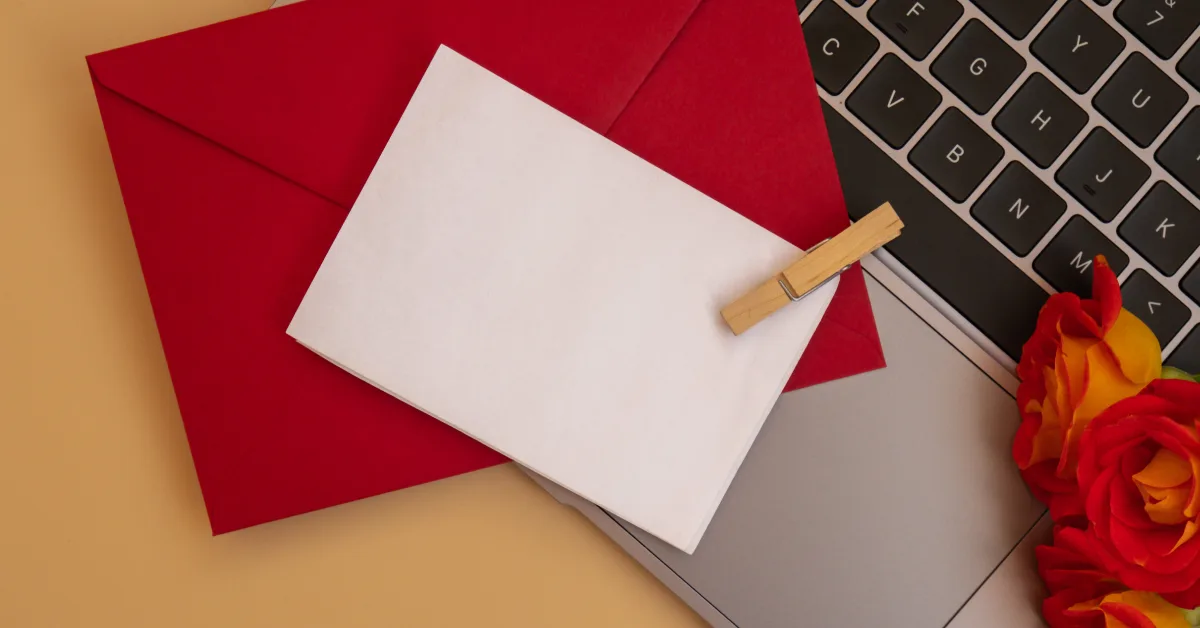
Inviting potential clients or partners to an event through a cold email can be a great way to build relationships and showcase your value proposition. A well-crafted invitation email should be personalized, clearly state the benefits of attending, and include a compelling call to action. Here’s how to write an engaging event invitation email:
Personalization Tips:
- Mention the recipient’s name and any relevant past interactions.
- Highlight the specific benefits they will gain from attending the event.
- Keep the message concise and focus on the value of the event.
Example Template:
Subject: Exclusive Invitation to [Event Name] – Join Us!
Hi [Recipient’s Name],
I hope you’re doing well. I’m [Your Name] from [Your Company], and I wanted to personally invite you to our upcoming event, [Event Name], on [Event Date]. Given your interest in [specific topic or industry], I believe you’ll find this event particularly valuable.
At [Event Name], we’ll be covering [brief description of the event topics or activities]. This is a great opportunity to network with industry leaders, gain insights from expert speakers, and discover the latest trends in [industry].
Would you be interested in attending? We’d love to have you join us. Let me know if you’d like more details or if you’re ready to RSVP.
Looking forward to your response.
Best regards,
[Your Name]
[Your Contact Information]
Why This Template is Effective:
- Personalization: Addressing the recipient by name and mentioning their specific interests makes the email feel tailored.
- Clear Benefits: Highlighting the event’s benefits and what the recipient can gain from attending ensures the invitation is compelling.
- Concise and Direct: A straightforward call to action makes it easy for the recipient to respond.

Cold emailing remains one of the most effective strategies for reaching out to potential clients, partners, and influencers. However, the success of your cold email campaigns hinges on how well you adapt to the latest trends and best practices. Here’s a recap of what we’ve covered and some key takeaways for crafting effective cold emails:
Personalization is Key: Using personalized email templates that address the recipient’s specific needs and interests can significantly increase your response rates. Personalization makes your emails feel more genuine and relevant, showing that you’ve taken the time to understand the recipient’s challenges and goals.
Concise and Clear Messaging: The best cold emails are those that get straight to the point. Brevity and clarity are more important than ever, especially as attention spans continue to shorten. Ensure your cold email templates are concise and clearly convey your value proposition right from the start.
Interactive and Engaging Content: Incorporating interactive elements such as polls, surveys, or clickable graphics can make your emails more engaging. These elements not only capture attention but also encourage recipients to interact with your content, increasing the likelihood of a response.
AI-Powered Insights: Leveraging AI can help optimize your email campaigns by analyzing data and providing insights on the best times to send emails, crafting effective subject lines, and predicting recipient behavior. AI tools can enhance the personalization and efficiency of your outreach efforts.
Integration with Other Platforms: Integrating your cold email efforts with other digital platforms, such as social media and CRM systems, can provide a more holistic approach to your outreach strategy. This integration allows for seamless follow-ups and a better understanding of the customer journey.
Adapting to Regulatory Changes: Staying compliant with data privacy regulations like GDPR and CCPA is essential. Ensure your emails have transparent consent mechanisms and easy opt-out options to build trust and avoid penalties.
By keeping these trends and best practices in mind, you can refine your cold email strategy and improve your outreach success. Whether you’re using an email template for sales, inviting someone to an event, or reconnecting with a past contact, these insights will help you create effective cold emails that resonate with your audience.
Hence, leveraging the power of personalized email templates and staying updated with the latest trends will set you apart in your cold emailing efforts. If you need any help in writing cold emails, reach out to us, at business@content-whale.com.
FAQs
1. What is a cold email?
A cold email is an unsolicited email sent to a recipient who has no prior contact with the sender. It’s used for various purposes, such as sales, networking, recruiting, or business development. Effective cold emails are personalized, targeted, and clearly communicate the value to the recipient.
2. How important is personalization in cold emailing?
Personalization is vital in cold emailing. It shows that you’ve taken the time to understand the recipient’s specific needs and challenges, significantly increasing the likelihood of a response. This can range from using the recipient’s name to tailoring the entire content to their industry, role, and interests.
3. What are the best practices for writing effective cold emails?
Best practices include keeping your emails short and to the point, personalizing each message, using a compelling subject line, highlighting the value proposition early, and including a clear call to action. Avoiding jargon and ensuring your message is easy to understand are also crucial.
4. How many follow-up emails should I send after the initial contact?
Research suggests it can often take between 3-7 follow-up emails after the initial contact to get a response. Persistence is key, but it’s important to space out your follow-ups and ensure each one adds value or provides new information.
5. What metrics should I track to measure the success of my cold email campaigns?
Key metrics to track include open rates, response rates, conversion rates, bounce rates, and unsubscribe rates. These metrics help you gauge the effectiveness of your email content, subject lines, and targeting strategy, allowing you to make necessary adjustments.
6. What should I include in the subject line of a cold email?
A good subject line should be concise, relevant, and compelling. It should grab the recipient’s attention and give them a reason to open the email. Personalization and clarity are key elements of an effective subject line.
7. How can I ensure my cold emails don’t end up in the spam folder?
To avoid spam filters, ensure your email content is relevant and not overly promotional, use a verified email address, avoid spammy words and phrases, and include an easy opt-out option. Regularly clean your email list to remove invalid or inactive addresses.
8. Can I use cold email templates, and how should I customize them?
Yes, using cold email templates can save time, but they must be customized to be effective. Personalize each email with the recipient’s name, specific details about their company, and relevant information that addresses their needs and challenges.
9. What are some common mistakes to avoid in cold emailing?
Common mistakes include sending overly long emails, failing to personalize the message, using generic or irrelevant content, not having a clear call to action, and neglecting to follow up. Ensuring your emails are concise, relevant, and respectful of the recipient’s time is essential.
10. How can I improve the response rates of my cold emails?
Improving response rates involves personalizing your emails, keeping them concise and to the point, providing clear value to the recipient, using compelling subject lines, and following up strategically. Additionally, A/B testing different versions of your emails can help identify what works best for your audience.

